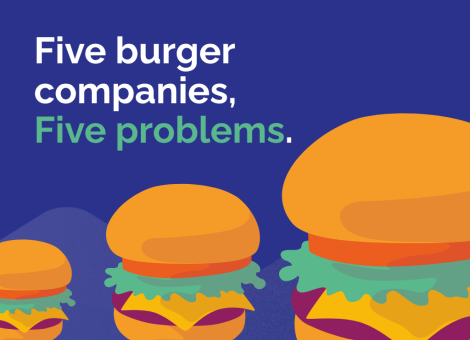The evolution of modern network planning. Why gut feel is no longer enough
Fuel and convenience retail site network planning, as an expert service, first emerged around the late 1970s. And while the tools and techniques involved have changed, at Kalibrate we recognize that three organizing principles remain largely the same. These are:
- Mapping
- Data
- Predictive science
We talk a lot about data and automation. Both are transformational innovations, but there’s always a role for human expertise. The most effective decision making should be filled with the art of local knowledge and human interpretation.
Looking at the evolution of network planning, we can see that science has increasingly become blended with art. So, what will come next?
Yesterday — limited science, lots of gut-feel
- Mapping: print outs, dots on the map, and radius rings
- Data: census information and limited demographic detail
- Predictive science: finger in the air, and kicking the dirt.
Looking back to the late 1970s and 1980s, network planners relied on paper; huge print outs of trade area maps, with dots applied for potential sites. Radius rings were used to define trade areas. Customer demographics came from census information, but they were fairly limited in scope and offered no insight into places of work or movement patterns. Not to mention, it could be nine years out-of-date by the time it was used.
The physical work was next. Getting on the road to “kick the dirt” and get a gut feel for the site. Even then, Kalibrate was working to complement these practices with science: generating maps, compiling surveys, and even using static aerial photography over remote sites to assess positioning and potential.
As we moved into the 1980s, computers became mainstream and spreadsheets were introduced. Next, mapping evolved. The launch of online maps meant network planners could explore without leaving the office. This PC and connectivity revolution was probably the biggest step change in the network planning evolution.
There was also a huge progression in predictive science. Predictive modeling moved from simple spreadsheets to analog models. Gravity models helped planners understand where demand would come from and where volume could be taken.
Data availability changed more gradually, but steadily. As planning experts, we’ve consistently been able to capture a better understanding of customers’ travel origins and movement patterns, and today, data volumes grow exponentially.
Today — blending art and science
- Mapping: everywhere online
- Data: traffic counts, shopping habits, and loyalty cards
- Predictive science: capital optimization.
Now in the 2020s, data science is constantly and consistently evolving. One of the biggest steps towards customer knowledge is loyalty cards and retailer apps, painting a comprehensive picture of consumers. As data has become more readily available, forecasting accuracy has improved. We can now understand true routes and journey times.
But science only gets you so far. Working with an experienced network planner, like us at Kalibrate, still adds significant value. Data’s data — it’s how you read it that makes all the difference.
Tomorrow — diving deep, going mobile
- Mapping: real-time information and geo-fencing
- Data: mobile and telematics
- Predictive science: deep learning.
The future is exciting. We’re already in the realms of machine learning, but are now taking tentative steps towards deep learning, a very advanced subset of machine learning. The application of deep learning techniques will enable us to effectively use unstructured data. For example, being able to extract site information from photographs to speed up the survey process, or learning to make automated network recommendations for the user.
But the most exciting development is mobile data. It gives us a deeper knowledge of the customer journey: where they’re going, how long they stay on site, how often they visit the same location, and maybe even what they’re buying. Mobile location services are so precise, they open up new levels of insight, both on a macro level, and at a really granular level too.
The exponential growth of data and increasing sophistication of predictive science will continue to improve accuracy and reliability in network planning, but there will always be a role for human interpretation.
The volume and depth of data available means the human element should represent the added value. Gut feel alone isn’t enough to plan a modern fuel network with confidence, but working with a great network planner and analyst, like Kalibrate, can make all the difference.
Read more articles about:
Location intelligenceSubscribe and get the latest updates
You may unsubscribe from our mailing list at any time. To understand how and why we process your data, please see our Privacy & Cookies Policy
Related posts
Location intelligence
AI in location intelligence: The force multiplier for smarter site selection
AI is rapidly advancing in the world of real estate - this is the first blog in a two-part series on incorporating AI...

Fuel pricing
June 2025. Kalibrate's Canadian Petroleum Price Snapshot
Kalibrate conducts a daily survey of retail gasoline, diesel, propane, and furnace fuel prices in 77 Canadian cities....

